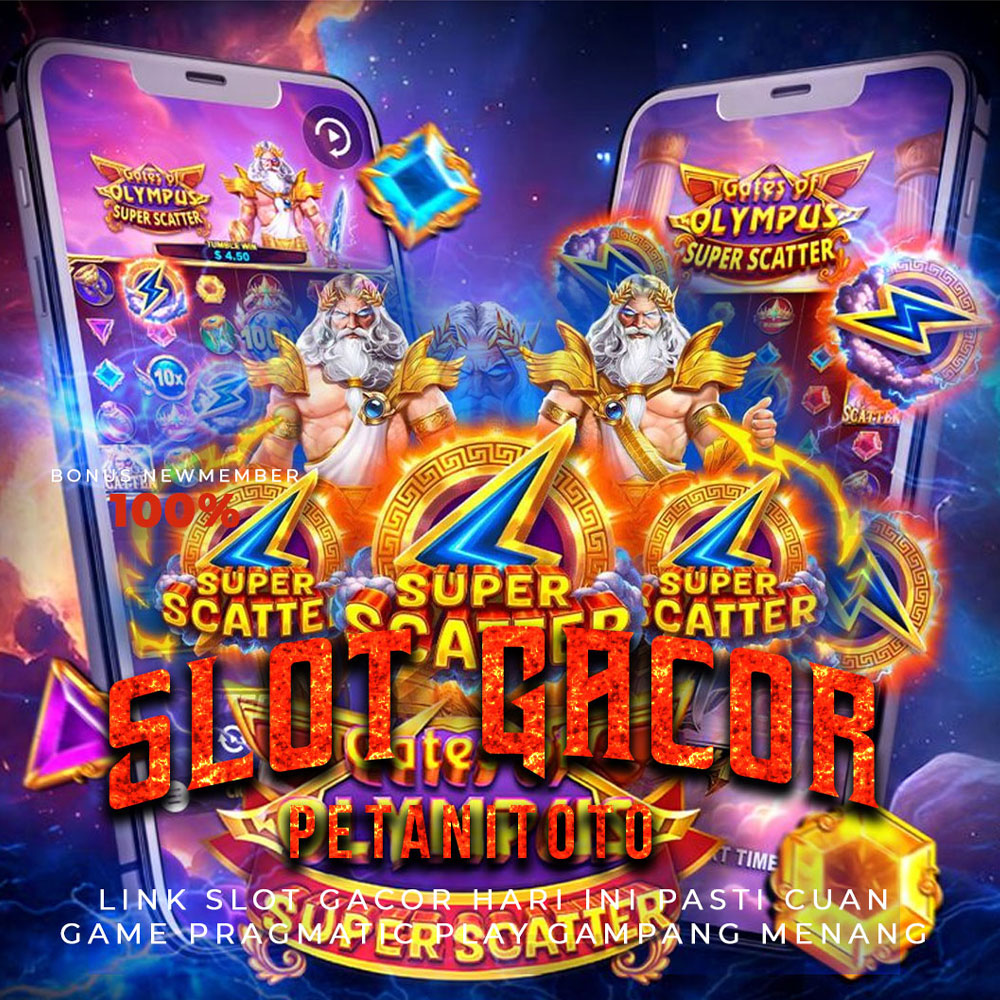PETANITOTO ➤ Game Pragmatic Play Dengan Link Slot Gacor Hari Ini Pasti Cuan
PETANITOTO adalah platform terpercaya yang menyediakan berbagai game slot dari Pragmatic Play. Dengan link slot gacor hari ini, para pemain memiliki peluang lebih besar untuk mendapatkan kemenangan dan cuan secara maksimal. Semua game yang tersedia selalu diperbarui agar memberikan hasil terbaik bagi setiap pemain.
Selain itu, PETANITOTO menawarkan akses mudah dan cepat ke berbagai permainan slot populer, sehingga siapa pun bisa bermain kapan saja tanpa hambatan. Dengan memilih link slot gacor yang disediakan, peluang meraih kemenangan besar menjadi lebih nyata.
PETANITOTO menyediakan game Pragmatic Play dengan link slot gacor hari ini untuk memaksimalkan peluang menang lebih besar.
Sebagai situs slot gacor resmi sekaligus penyedia permainan paling tepercaya, PETANITOTO menawarkan pengalaman slot online berpeluang tinggi yang benar-benar terasa. Setiap permainan menghadirkan sensasi auto jackpot harian, memberikan ruang maksimal bagi pemain untuk meraih kemenangan besar tanpa proses rumit. Cukup melakukan deposit ringan melalui QRIS, pengguna sudah dapat menikmati ekosistem slot yang cepat, aman, nyaman, serta diakui sebagai salah satu yang terbaik di tahun 2025. PETANITOTO menghadirkan ritme permainan yang halus dan stabil, menjadikan peluang menang tetap konsisten bagi siapa pun yang ingin berburu jackpot setiap hari.


